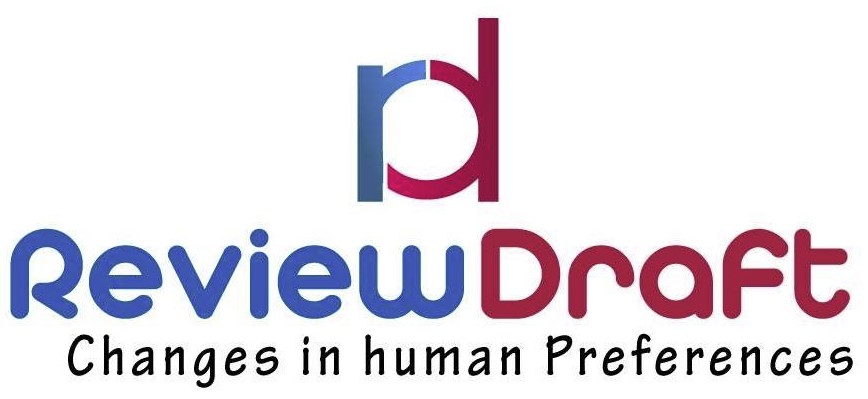According to a 2022 news report by the British daily The Guardian, over 80 percent of waterways in the United States are contaminated by ‘forever chemicals’. PFAS or forever chemicals are a group of over 10,000 chemicals widely used in making different types of industrial and consumer products, including nonstick pans, firefighting foam, and food packaging.
The chemicals are used to make fluoropolymer coatings and products since they are capable of resisting heat, oil, grease, stains, and water. The Guardian reported that the contamination levels from these chemicals are frequently exceeding federal and state-mandated limits, which is clearly not a good sign.
Earlier this year, ABC News also talked about a similar problem related to water contamination in the US. According to their report, 43 percent of US ZIP codes had at least one water source that was contaminated by PFAS in the last 20 years. The number of new PFAS detections in these water sources each year rose from 753 to 2,321 between 2013 and 2021. That means around 143 million Americans were exposed to contaminated water during this time.
Of course, America’s water contamination problem isn’t anything new. Who could forget the Camp Lejeune water contamination incident?
The Camp Lejeune Incident: A Grim Reminder of America’s Long-Lasting Water Contamination Problem
Between 1953 and 1987, people living or working in the U.S. Marine Corps Base Camp Lejeune in North Carolina were exposed to contaminated drinking water. The water there was contaminated with various industrial chemicals. According to TorHoerman Law, more than a million people have been exposed to this contamination, and many of them have, over the years, developed serious health problems, including cancer.
The Camp Lejeune settlement amounts from the Camp Lejeune lawsuits could be around $10,000 and $500,000 per claim. Many lawyers are still working with several Camp Lejeune victims and helping them seek compensation for damages. This incident is a grim reminder of America’s struggle with water contamination and how it’s been a long-lasting problem.
How to Find Out Whether the Water You’re Drinking is Safe or Not
There are many ways you can find out if the water you’re drinking is safe or not. Here are some of the most common ways you can make this evaluation.
Understand the Sources of Water Contamination
One of the first things you must do to assess the safety of the water you’re drinking is to understand the potential sources of contamination. Much of today’s contaminants come from industries, sewage leaks, and agricultural runoff. If you’re living in an area that’s close to large factories or farms or has recently seen an increase in sewage leaks, you should be extra careful about the water you’re consuming or using. Keeping an eye on local news will help you do so easily.
Conduct Basic Inspections
For a basic visual inspection, you should look for three things – discoloration, cloudiness, and minute floating particles. These are visible signs that something is wrong with the water. If nothing is visible in the water, you should do a smell and taste test. An unusual odor or taste can indicate water contamination.
These inspections might not always help you out, which is why it’s important to conduct further tests if you suspect that your water might be contaminated.
Test for Common Contaminants
The best way to check for contaminants in water is through chemical and microbiological tests. However, it’s something you can’t do at home. You’ll need a lab to test water this way, which is why it’s best to leave these evaluations to the experts.
At home, you can have a basic testing kit that can measure the water’s pH levels. According to EPA standards, drinking water needs to have a pH value between 6.5 and 8.5. Anything below or above this range is unsafe for drinking. If you notice a pH value different from this range in your water supply, it’s important to notify the local authorities.
Check for Local Water Quality Reports
Most water utilities are required to provide annual water quality reports to their customers. These reports include information about the source of the water, treatment methods used, and any detected contaminants. Go through these reports to gain insights into the quality of the water supply in your area. These reports are available on the concerned authority’s website.
Read Also: Manhattan’s Best Dentist: A Perfect Smile
Consult with Water Quality Experts
Environmental health agencies, water treatment companies, or independent laboratories can offer their services for water testing. These experts can guide you in understanding the results and recommend appropriate treatment methods as necessary.
While a lot of contaminants can be removed through various purification processes, it’s important to make sure that the source of the water itself is not polluted or contaminated. That’s why all these checks are necessary so that you can make sure that the water you drink or use is not harmful to you and your family.



